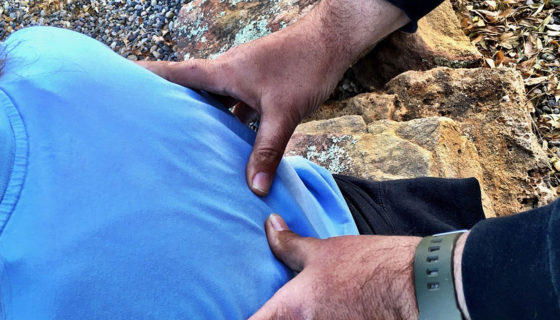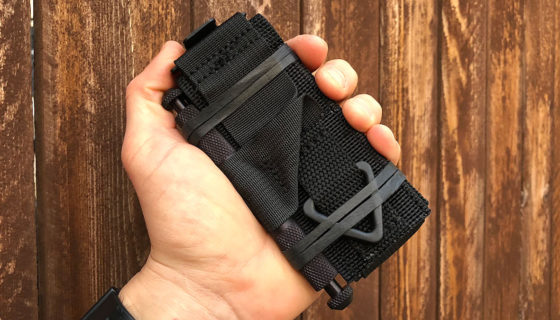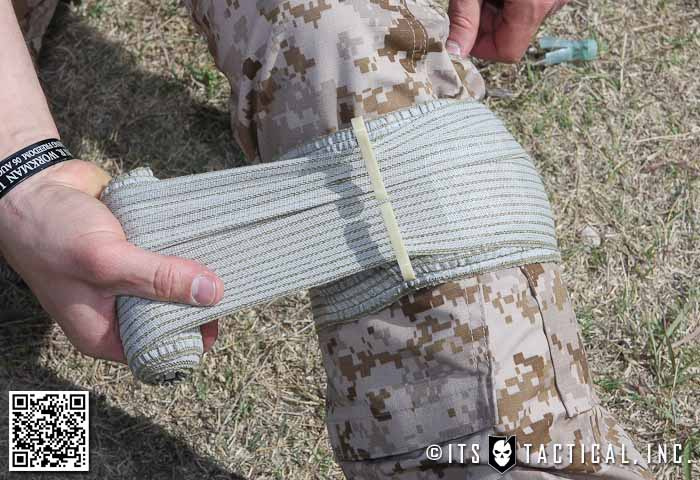Tourniquet Use in the Civilian Pre-Hospital Setting
Tourniquet Use in the Civilian Pre-Hospital Setting
I recently came across an article I’d downloaded from the Emergency Medical Journal online a few years back, entitled “Tourniquet Use in the Civilian Pre-Hospital Setting.”
My reasoning for bringing up this article is to turn it into a discussion and hear others opinions on the topic and hear from our medics out there. To summarize this EMJ article, which I’ve attached here (PDF), it’s focus goes into exploring the potential problems and mistrust of tourniquet use, why civilian pre-hospital tourniquet use may be necessary, define the indications for tourniquet use and provide practical information on tourniquet application and removal.
While I’d highly suggest you read the entire article yourself, I’ve highlighted some bullet points of the article below. All sources of the can be found within the original article.
Problems with Tourniquet Use
- The majority of external hemorrhage can be controlled by direct pressure.
- Previously tourniquets have been used inappropriately when not clinically indicated (for example, for all gunshot wounds of the limbs.)
- Preventing arterial blood flow to a limb with result in ischaemia (restriction in blood supply). Continuous application for longer than 2 hours can result in permanent nerve injury, muscle injury. Muscle damage is nearly complete by 6 hours, with likely required amputation. The general conclusion is that a tourniquet can be left in place for 2 hours with little risk of permanent ischaemic injury.
- An incorrectly applied tourniquet will actually cause increased bleeding from distal soft tissue injuries and damaged arteries if there is occlusion of the lower pressure venous outflow, but inadequate occlusion of arterial blood flow.
- A policy of periodic loosening of a tourniquet in an attempt to reduce limb ischaemia has often led to incremental exsanguination (bleeding out) and death.
- A properly applied tourniquet is painful and this has experientially led to inadequate tightening or inappropriate pre-hospital removal. The patient will require strong analgesia (pain killers) after stabilization of vital signs.
Reasons to Tourniquet in Civilian Practice
- Penetrating trauma from firearms and stabbings.
- Police Officers working in tactical environments who may benefit from a self-applied tourniquet for “care under fire.”
- Terrorist incidents with penetrating and/or blast injury to limbs.
- Rural incidents or wilderness medicine where there are limited resources and delayed, often unconventional, transport to definitive care.
- Industrial accidents. From personal communication there are a number of examples of tourniquet use to prevent hemorrhage from limbs following entrapment or shredding by industrial or farming machinery.
Indications for Use
- Extreme life-threatening limb hemorrhage, or limp amputation/mangled limb with multiple bleeding points, to allow immediate management of airway and breathing problems.
- Life threatening limb hemorrhage not controlled by simple methods.
- Point of significant hemorrhage from a limb is not peripherally accessible due to entrapment (unable to provide direct pressure.)
- Major incident or multiple casualties with extremity hemorrhage and lack of resources to maintain simple methods of hemorrhage control.
Principles of Tourniquet Application
- Be familiar with a tourniquet that has been proven in studies to be effective, rather than using an improvised device.
- Tourniquet must completely and consistently occlude arterial blood flow (both in legs and arms.)
- There is an inverse relationship between tourniquet width and the minimal pressure required to occlude blood flow. As width increases, the amount of tissue that must be compressed increases, requiring an increased effort to produce tension.
- As the width increases, the strap tends to bow, transmitting more pressure to the center rather than the edges and therefore reducing functional width.
- If the tourniquet is ineffective it should be tightened or repositioned. If still ineffective (unlikely) the health care provider my consider a second tourniquet placed proximal to the first.
- The time of application should be recorded and handed over to the receiving emergency department staff.
Notes
Again these are just highlights from the article, read through it yourself and let us all know in the comments what you think about tourniquet use in the civilian pre-hospital setting.











Discussion